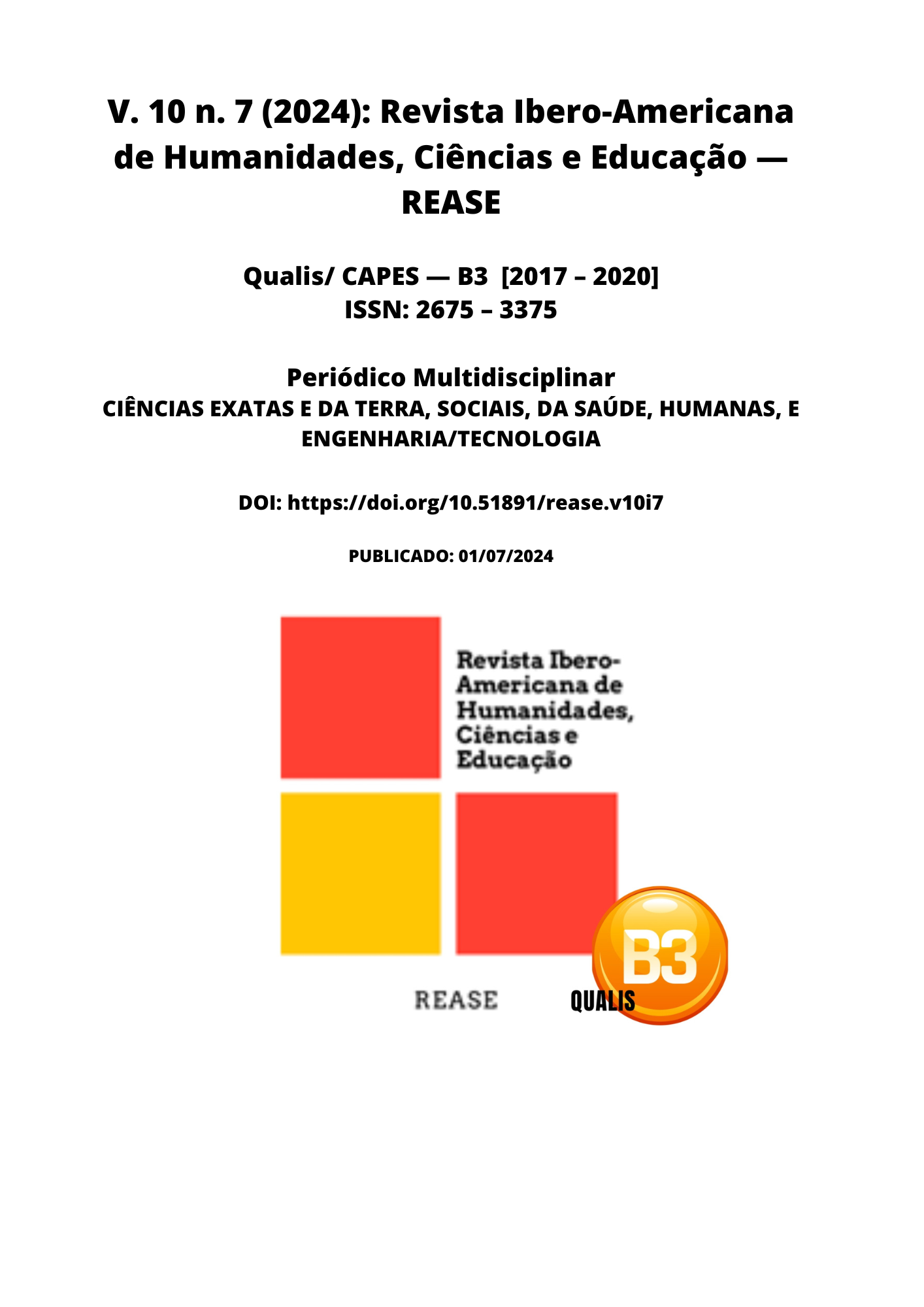EFFICIENCY OF CONCILIATION HEARINGS AT THE HEADQUARTERS OF THE CONCILIATION CENTER OF THE FAMILY COURTS OF THE DISTRICT OF ILHÉUS - BAHIA IN THE YEARS 2014 AND 2017
DOI:
https://doi.org/10.51891/rease.v10i7.15026Keywords:
Family right. Conciliation. Efficiency. Efficiency.Abstract
It addresses aspects of the conciliation in the core of conciliation of the family sticks of Ilhéus - Bahia. To do so, it aims to diagnose the results of conciliatory hearings through process analysis. Specifically, it seeks to point out a picture of these audiences, in order to identify the causes of the problem that prevents the realization of a greater number of conciliations, in the search for a practical hypothesis that allows a better solution for the actions of the family farm. It should be emphasized that these actions are characterized by complexity, and conciliation is a less harmful tool for family relations, since it minimizes the conflict, allowing consensual parties themselves to arrive at a self-composition. Thus, through a quantitative survey, with a critical and bibliographical analysis, it brings to the fore a diagnosis about conciliation, in seeking to verify the real perspective of conciliations made through the nucleus, as well as the deficiencies of this institute. Concludes that, taking into account the number of lawsuits in Ilhéus Family Courts, the conciliation nucleus does not fully comply with its objective.
Downloads
Downloads
Published
How to Cite
Issue
Section
Categories
License
Atribuição CC BY

